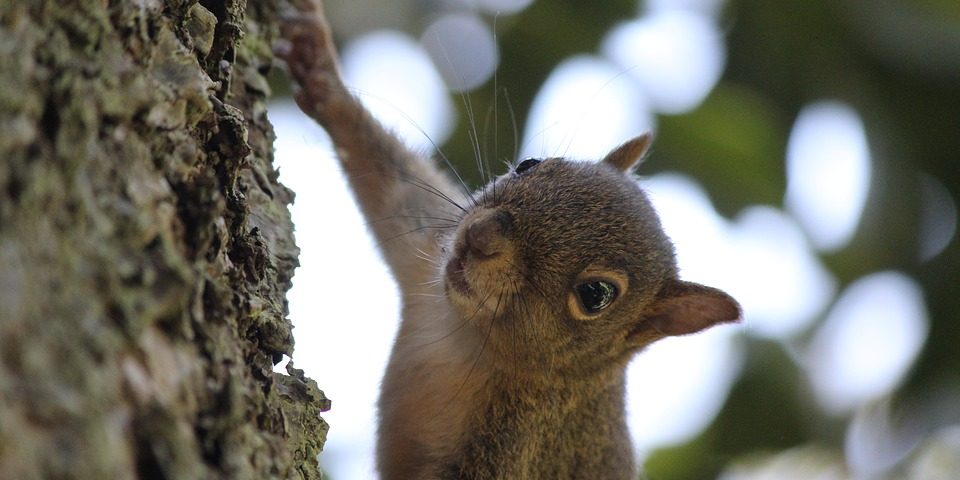Chewing on wood outside home.
Do flying squirrels live in attics.
The most common complaints include the following.
It s usually corner in a soffit right where your pop hatch is where the heat leaks out.
The pests also cause a number of health issues with t heir presence.
Flying squirrels are very social animals that will congregate in large groups.
Because of this most flying squirrels live in or next to wooded areas.
This species can be communal and if so will often live in groups of up to fifteen other adults.
Read more about flying squirrels.
Having flying squirrels in your attic can lead to numerous potential hazards including bad odors from their urine and feces or decay if one has died.
They often build their nests near openings such as an unscreened vent or loose or rotten trim boards.
Flying squirrels make as many as three different types of nests each one geared to a specific purpose.
They are also known to enter homes in late fall when temperatures begin to drop.
One of the main reasons squirrels take refuge in a house be it a crawlspace or an attic is that they are looking for a place to nest.
Usually the most serious problems come from nesting adult females.
Flying squirrels have been known to take over attics and sheds.
Squirrels living in attics are a concern because they may gnaw on boards and electrical wires.
The life span of the eastern grey squirrel ranges from three and eight years.
Do flying squirrels live in your attic.
Squirrels in the attic.
Flying squirrels like to go to the bathroom in one area in your attic.
Scurrying in attic at night.
Flying squirrels will often build nests in trees.
In fact you may find that you have more than one inhabiting your attic.
Odor from large colony in attic.
Once inside they become responsible for serious property damage b y chewing up insulation and gnawing on support beams.
Once squirrels take up residence in your attic they stake it off as their territory.
Those baby squirrels while harmless won t be able to move on their own for 6 to 8 weeks.
In addition they may create holes in the walls or insulation as they try to nest or find a way back outside.
Flying squirrels in particular need good vertical surfaces for climbing making roofs and attics prime targets.
The squirrels can build nests for babies solitary nests and nests for groups.
They will often live with others that include groups of up to fifteen adults excluding any litters.
The first sign of a squirrel in the attic is usually the sound of scampering during the day as they come and go on foraging trips.
They re fighting over the attic.
In large attics one end is will become nesting area and the opposite end the latrine.
Flying squirrels are usually classified as a pest species because they love to live in attics they are nocturnal and they live in colonies of several animals.
That unmistakable odor of urine that is imbedded in your attic marks their territory.
Flying squirrels set up nests in attics to escape predators and cold weather as well as to raise their young.
In addition to nesting in high places like attics flying squirrels can also be found in external walls and between floors using insulation as nesting material.

